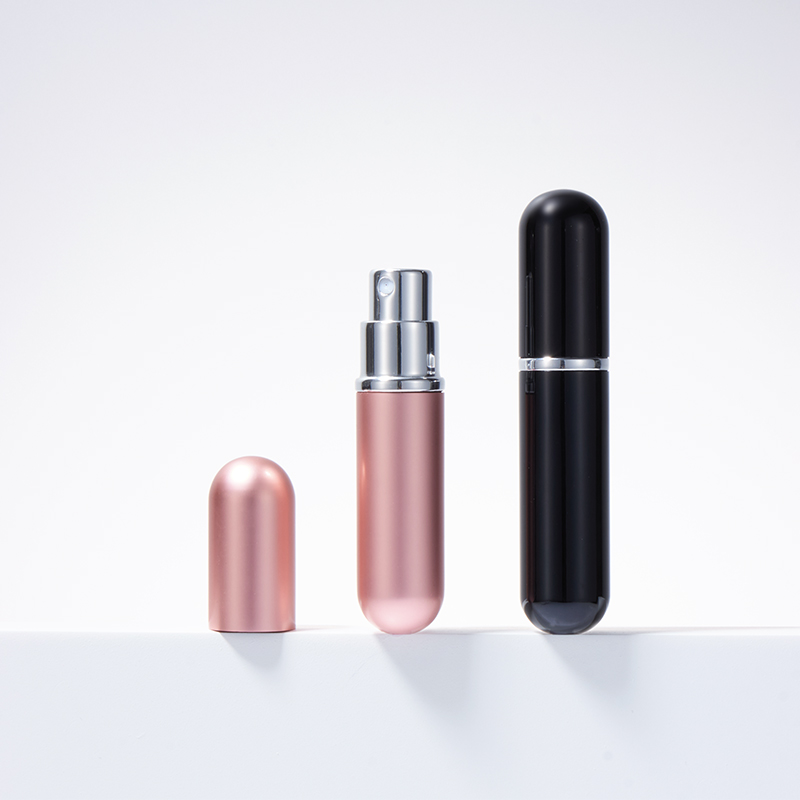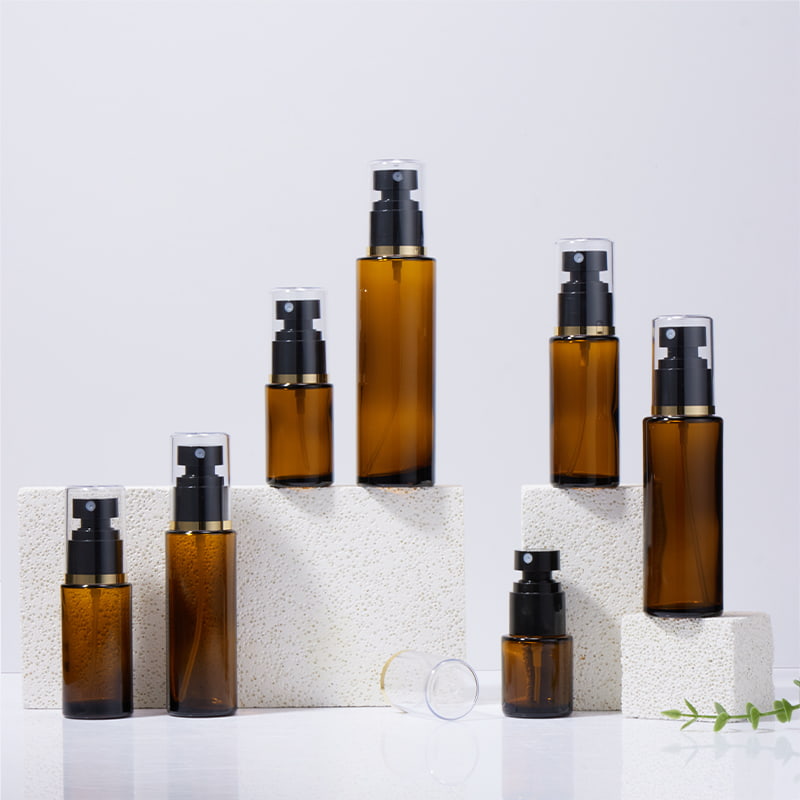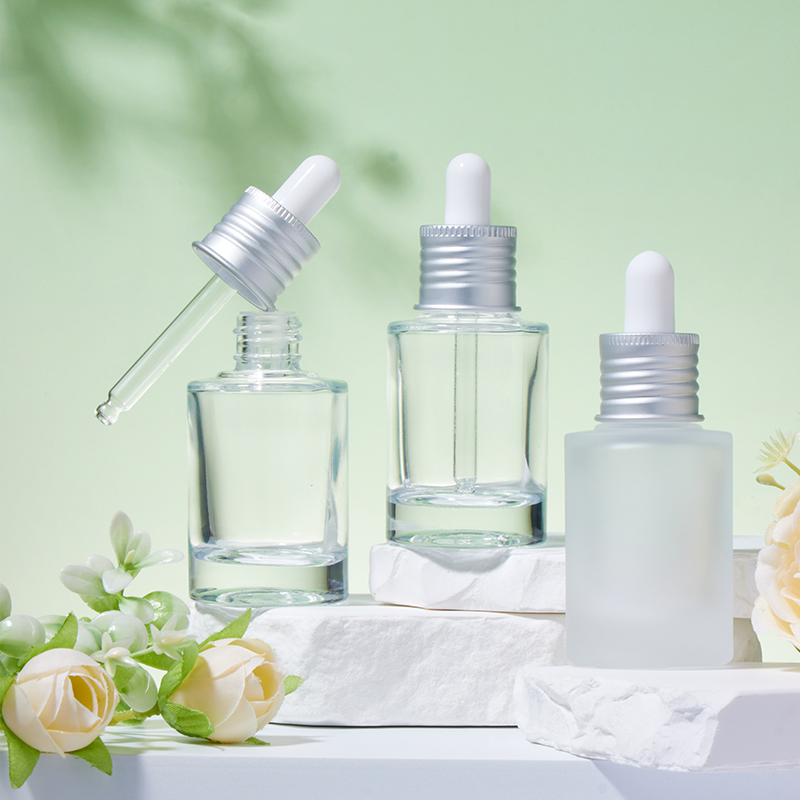Does the straw of the plastic pump head need to be removed for cleaning?
Industry News-When cleaning the suction tube of the plastic pump head, whether it needs to be removed and treated separately depends on the actual cleaning target and liquid properties. The following are key considerations:
1. The nature of the residue determines its necessity
Must be disassembled: for viscous liquids (such as lotion, honey like substances), easily precipitated ingredients (liquid foundation, particle scrub) or highly staining liquids (ink, hair dye). These substances will adhere to the pipe wall and cannot be removed by flushing alone.
Non removable: For highly liquid, watery liquids with strong fluidity (such as thin toner or alcohol), strong rinsing may be effective, but there is still a risk of residue.
2. Existence of cleaning dead corners
Root blind spot of straw: There is often a 90 ° bend at the connection between the straw and the pump head base, forming a flushing blind spot. After disassembly, a fine brush can be inserted to scrub.
Inner wall adhesion layer: Long term use of straws can form film like residues on the inner wall (especially oily liquids), which need to be removed and physically scraped off with a pipe brush.
3. Material characteristic limitations
Vulnerability of hoses: Most straws are made of soft polyethylene (PE), which may break or deform if forcibly pulled. If designed as non removable (hot press fixed), forced disassembly will result in scrap.
Hard tube operability: A few straws are made of hard plastic and can usually be rotated and pulled out. This type of suggestion is to disassemble and wash.
4. Requirements for hygiene and safety levels
Highly sensitive scenes must be disassembled: When used for food, medicine, baby products, or sterile products, disassembly is a prerequisite for thorough disinfection (such as soaking in alcohol).
Ordinary daily chemical products: low-risk products such as detergents and hand sanitizers may have lower standards, but it is still recommended to disassemble and wash them.
5. Impact on drying efficiency
Advantages of disassembly: Hanging the straw separately can quickly evaporate the moisture on the inner wall, avoiding the growth of mold in a closed and humid environment.
Risk of not disassembling: Without disassembling the straw, it is difficult to drain the accumulated water inside, and a humid environment can easily lead to microbial growth.
Summary of operational recommendations
| Scenario | Remove Tube? | Key Actions |
| Thick/Pigmented/Particle-based liquids (e.g., lotions, foundations, scrubs) | Must remove | Scrub internal walls with soft-bristled brush + pH-neutral cleaner; focus on bent base junctions. |
| Food/Pharmaceutical-grade products | Must remove | Sterilize via alcohol soak (e.g., 70-75%); ensure complete drying before reuse. |
| Rigid removable tubes | Recommended | Twist to detach (avoid force); realign to correct depth during reinstallation. |
| Soft permanently fused tubes (non-detachable by design) | Do not force | Flush using syringe-powered water pressure or soak + pump-flush cycles. |
| Watery/low-viscosity liquids (e.g., toners, alcohol solutions) | Recommended | Removal remains optimal for residue elimination despite easier rinsability. |


 中文简体
中文简体 Español
Español عربى
عربى







